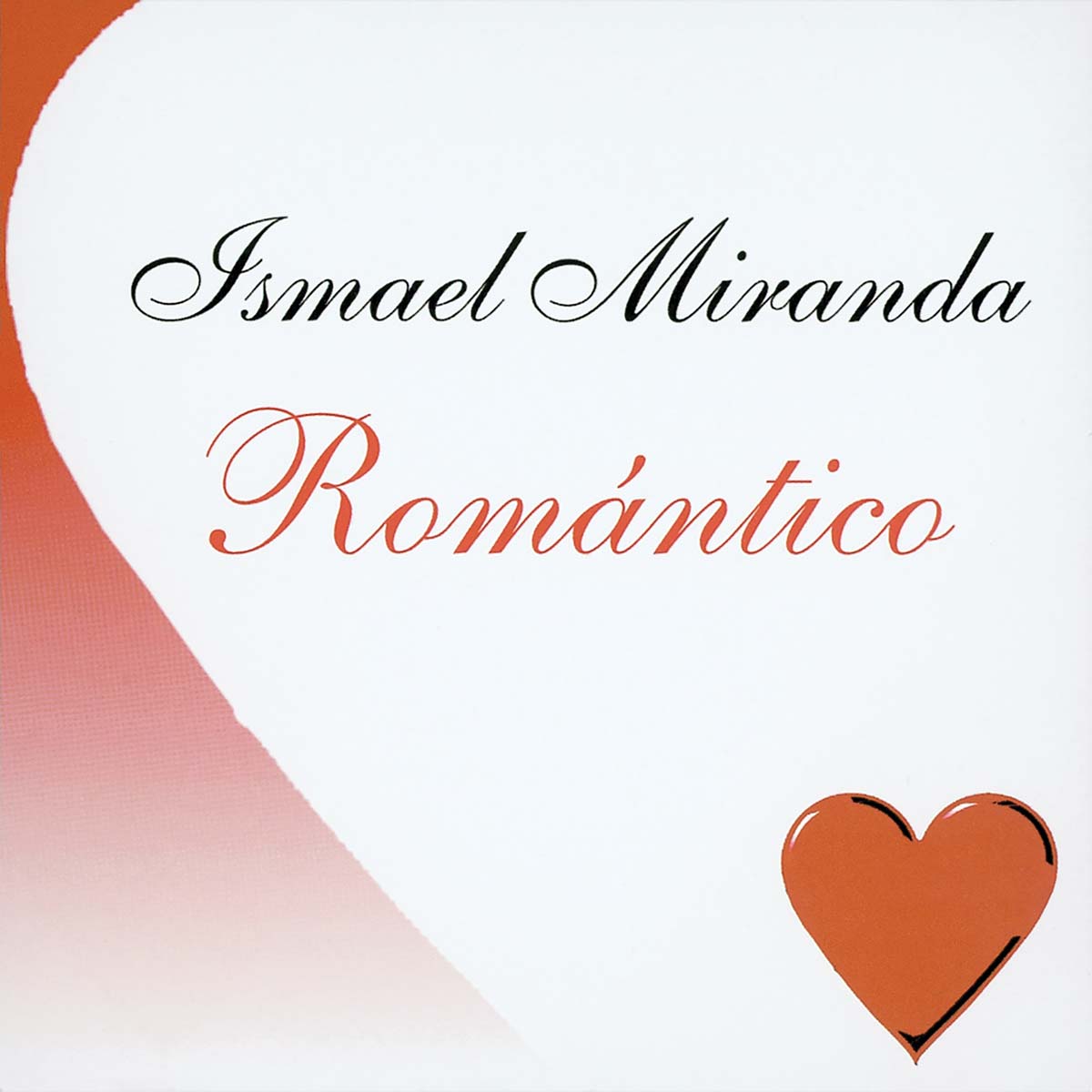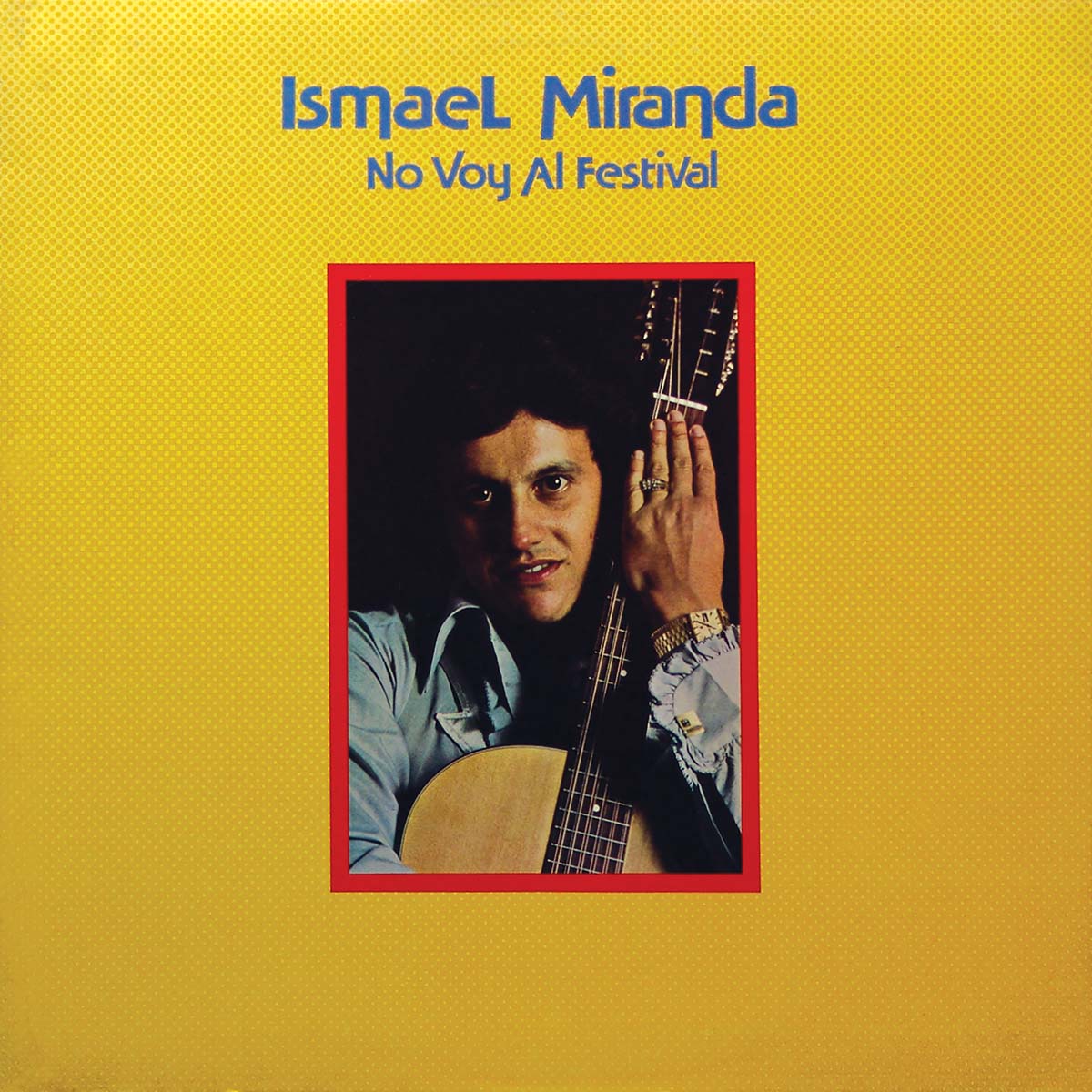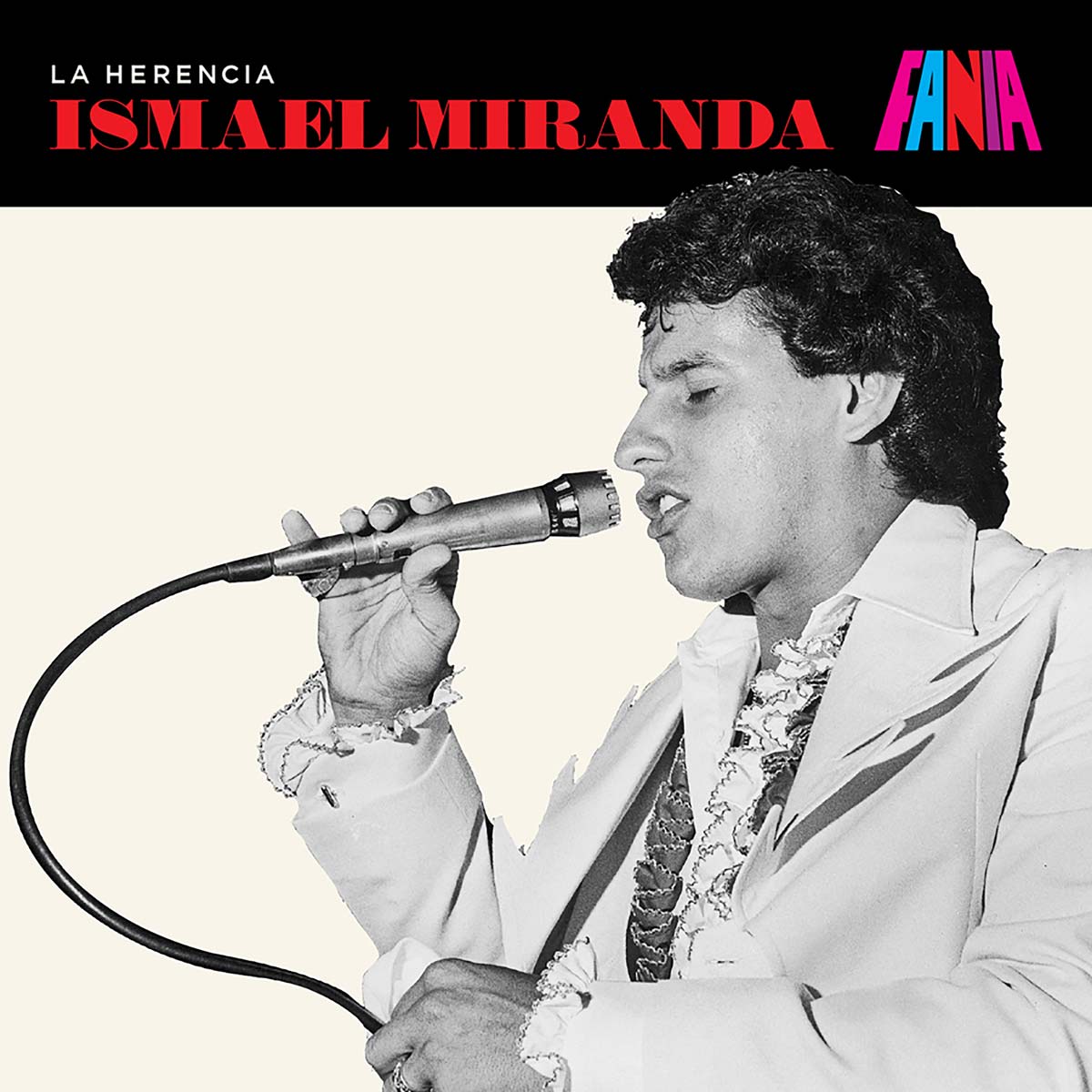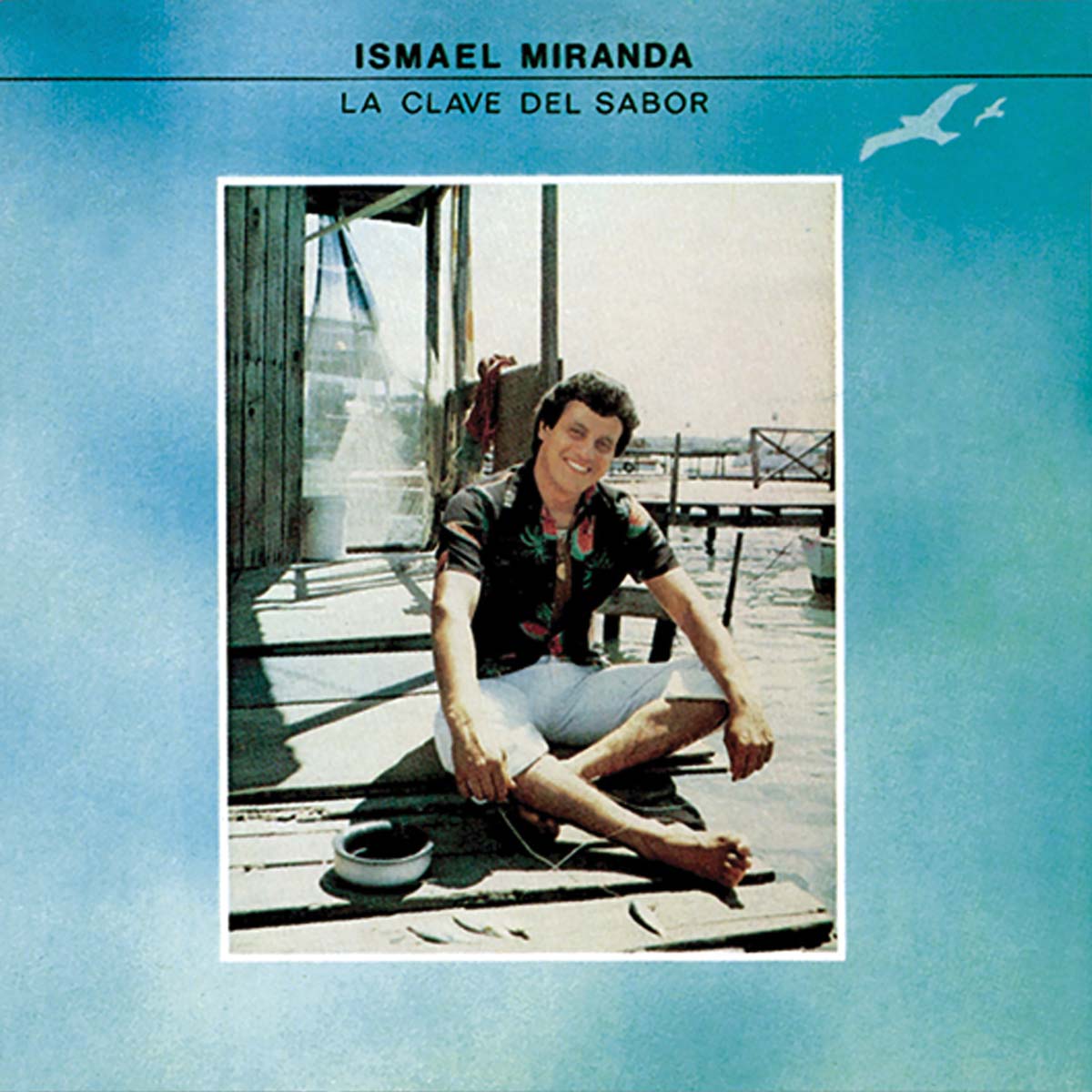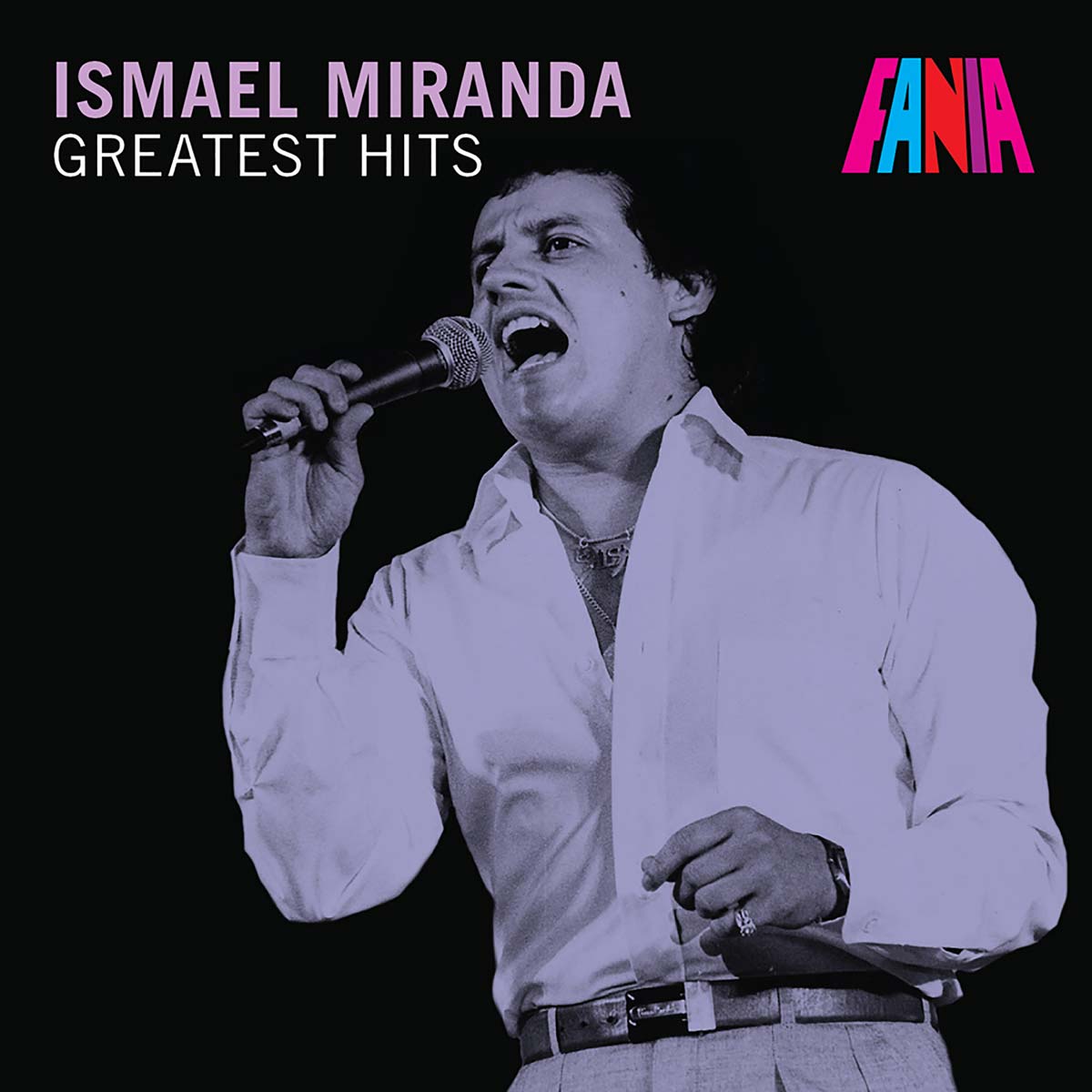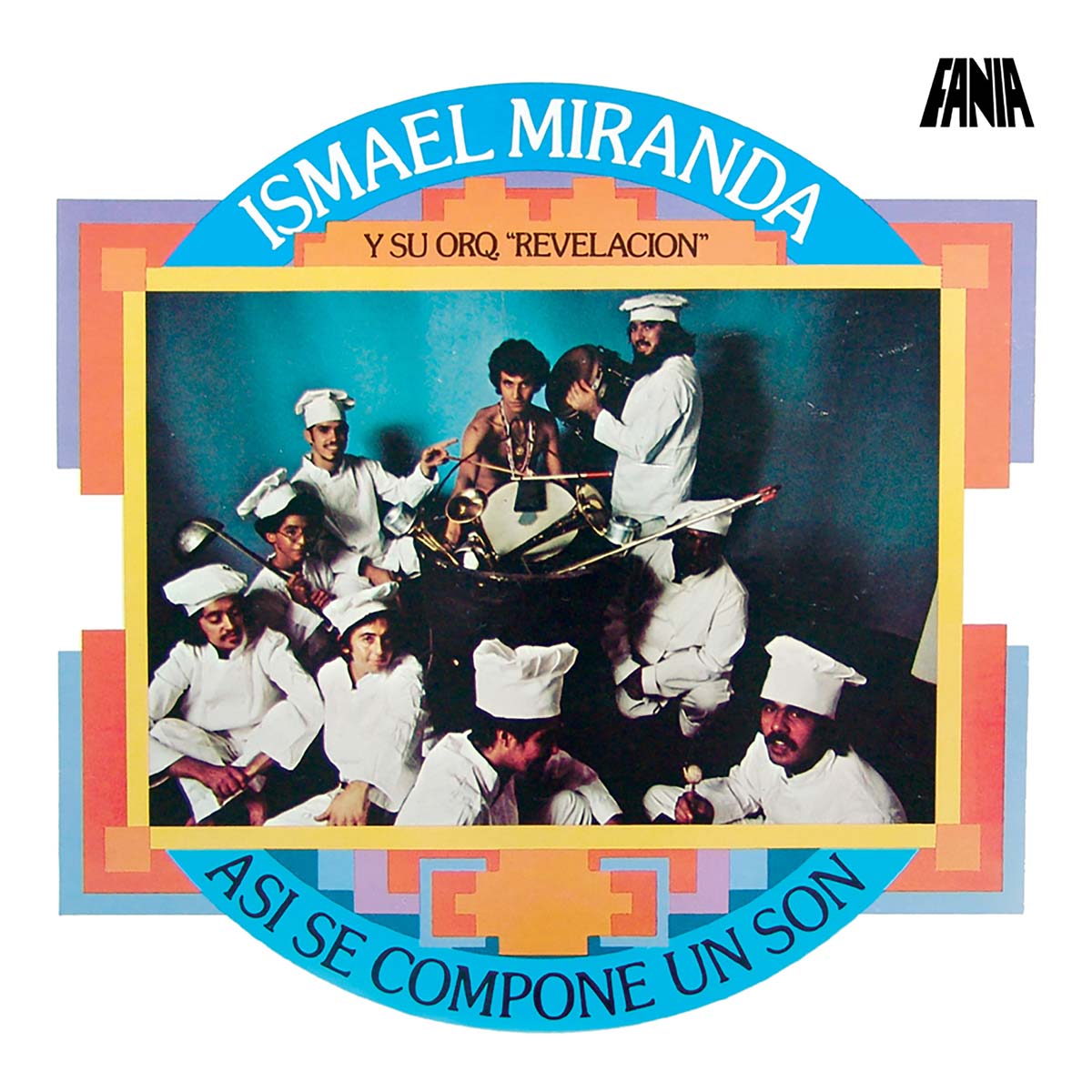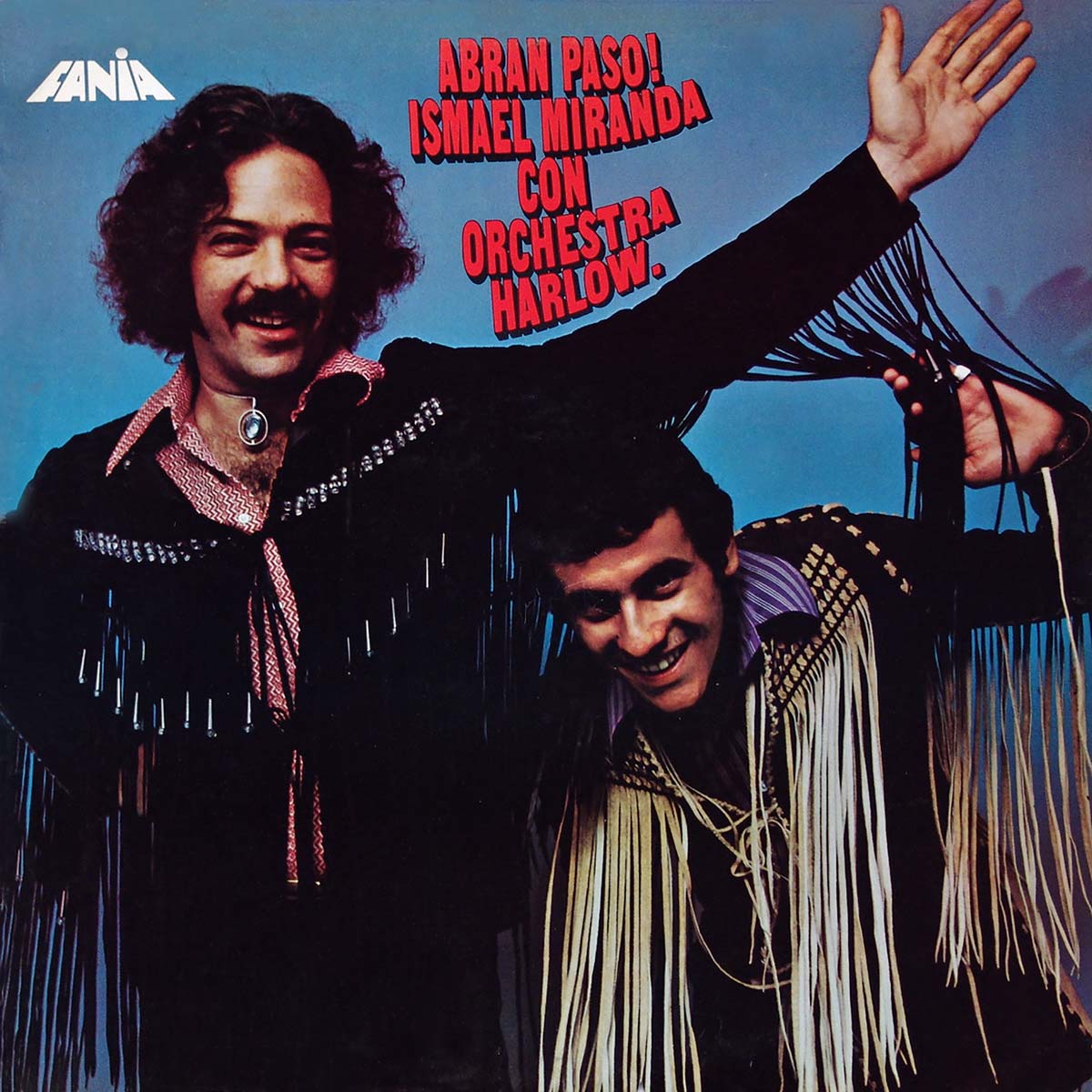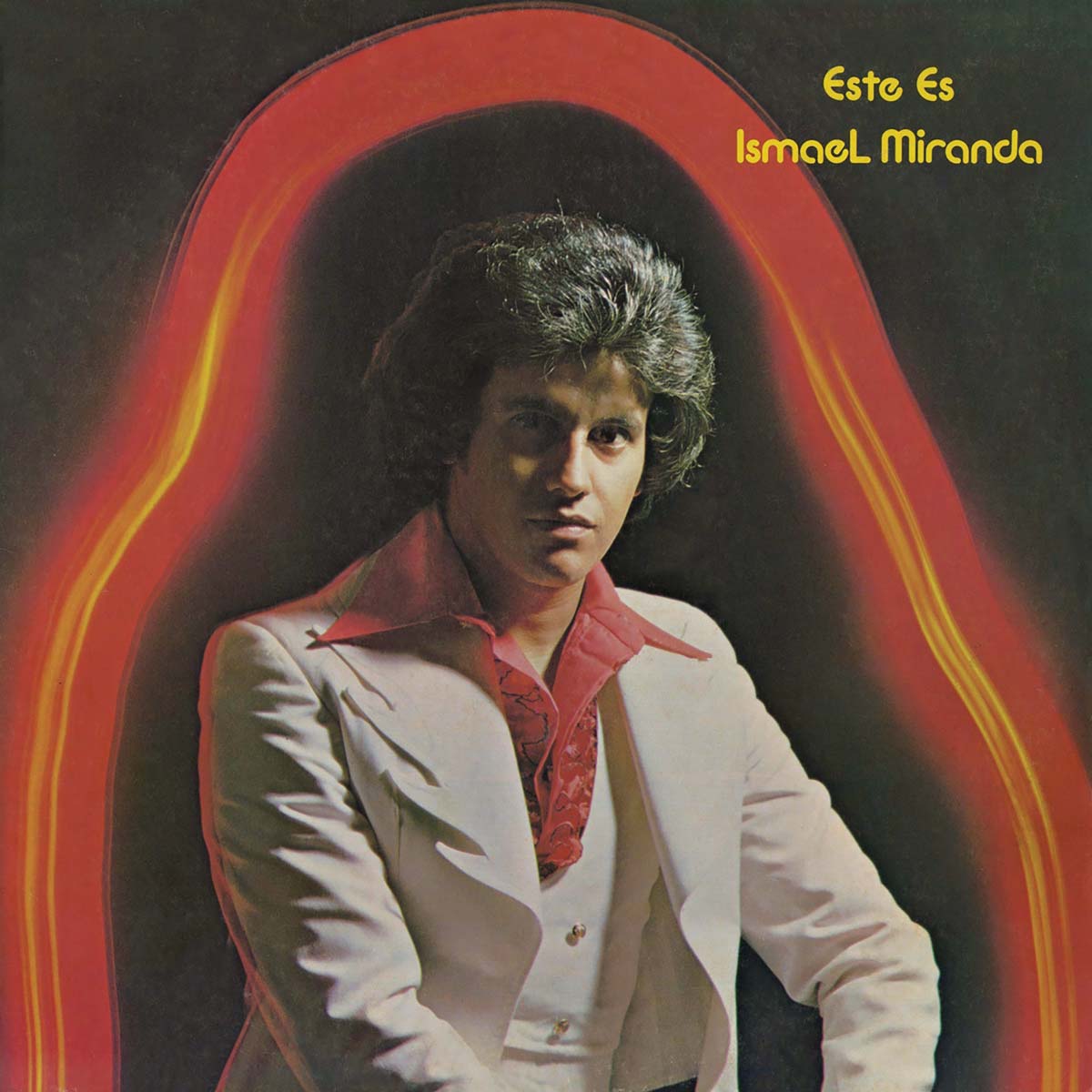
By the time that he recorded Este Es Ismael Miranda in 1975, the Puerto Rican singer known affectionately as el niño bonito de la salsa (salsa’s pretty boy) had become one of the genre’s most popular and charismatic artists. Miranda was only 25 years old then, but he had already amassed plenty of experience.
First, he had conquered New York as the lead singer with the seminal Orchestra Harlow. Then, he had shocked the salsa establishment by suddenly moving to his native Puerto Rico and following a solo career. “I was more mature by then,” explains the affable Miranda from his home in la isla del encanto. “Living in Puerto Rico improved my diction in Spanish, which had given me some trouble at the beginning of my career in New York. Most importantly, I now had a stuff of people who worked for me and helped me organize my concert engagements. I wasn’t alone anymore, which gave me a feeling of security. Everything was easier. I had more faith in myself, too.” From beginning to end, Este Es Ismael Miranda has the feeling of a quintessential salsa classic.
Not too many albums out there can boast having Adalberto Santiago, Rubén Blades and Héctor Lavoe as backup vocalists. Miranda assembled a dream team that included visionary arrangers like Jorge Millet and Louie Ramírez, as well as a swinging orchestra with a basic rhythm section, the combination of two trumpets and two trombones, and touches of accordion and electric guitar. Selling Miranda as a sensitive performer of música romántica, the original album photography is the only aspect of this production that has definitely not withstood the test of time. The back cover, in particular, includes a somewhat silly picture of Miranda, dressed in white, looking dreamily out of a window. The singer, however, was definitely not kidding when he chose the record’s ten songs.
There are some great covers here, including a salsified version of the highly poetic Joan Manuel Serrat nugget “Si La Muerte Pisa Mi Huerto,” as well as a rendition of the classic bolero “En Mi Viejo San Juan” boasting a cool electric guitar intro. A talented composer, Miranda contributed his own share of songs to the mix, all of which continue being a vital part of his concert repertoire: the opening hit “La Cosa No Es Como Antes” (which, ironically enough, complains about things in the ’70s not being like “the good old times”), the moving “Madre” and the nostalgic “Recordando.” One of the album’s most memorable compositions was penned by none other than a young Rubén Blades, who had met Miranda in Panama: his “Cipriano Armenteros,” the deliciously ironic story of a Panamanian bandit who terrorized the land in 1806. The combination of a compelling narrative with a funky Afro-Cuban groove was irresistible.
Two years later, Miranda would record a sequel, “Vuelve Cipriano,” also written by Blades. A number of music critics believe that Miranda would never again record an album as strong as this one. They could be right– but to the singer’s credit, he has continued releasing quality recordings and performing to sold-out crowds to this very day. “I’ve always taken my artistic career very seriously,” reflects Miranda. “From the moment I started singing, I knew that music was my forte. I had no doubts whatsoever about this.”
Credits: Joe Santiago – Bass Willie Mullens – Piano Vinnie Bell – Guitar Dominic Cortese – Accordion Jorge Millet – Bells, Chimes Nicky Marrero – Timbales José Mangual – Bongos Frankie Rodríguez – Conga Richie Fernández – Trumpet Hector “Bomberito” Zarzuela – Trumpet Leopoldo Pineda – Trombone Reinaldo Jorge – Trombone Ismael Miranda – Maracas, Güiro, Percussion Lead Singer – Ismael Miranda Chorus – Adalberto Santiago, Hector Lavoe, Ruben Blades, Jorge Millet Producer – Johnny Pacheco, Ismael Miranda Recording Director – Jorge Millet Musical Arrangements – Jorge Millet (“Puerto Abandonado”, “En Mi Viejo San Juan”, “Si La Muerte Pisa Mi Huerto”, “La Copa Rota”, “Recordando”), Louie Ramírez (“La Cosa No Es Como Antes”, “Cipriano Armenteros”, “Maria Luisa”), Louie Cruz (“Madre”), Cabrerita (“Yo No Me Quejo”) Recorded at – Good Vibrations Sound Studios N.Y.C. Engineer – Jon Fausty Original Album Photography – Lee Marshall Original Album Design – Ron Levine Graphic Format Design – Louise Hilton Graphic Montage & Digital Output – Remastered By – Miami Tape
Liner notes written by Ernesto Lechner


